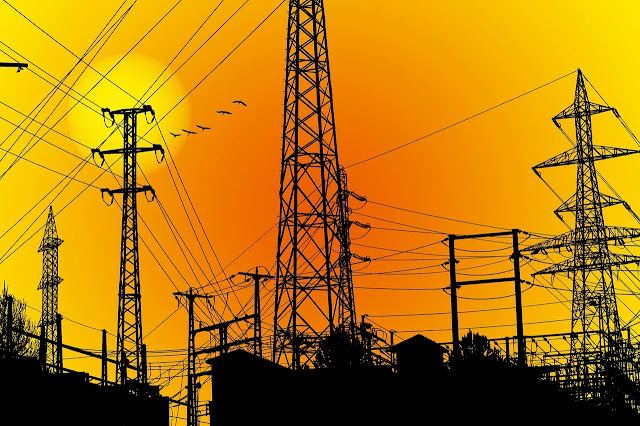Electricity is a fundamental force of nature and a vital part of our daily lives. Here are some interesting facts about electricity:
1. Ancient Discovery:
The ancient Greeks were aware of static electricity, which they observed by rubbing amber against fur to attract lightweight objects. The word "electricity" comes from the Greek word "elektron," meaning amber.
2. Benjamin Franklin's Kite Experiment:
Benjamin Franklin is famously known for his kite experiment in 1752, where he flew a kite during a thunderstorm to prove that lightning is a form of electricity. This experiment helped lay the foundation for our understanding of electricity and lightning.
3. Electric Charges:
There are two types of electric charges: positive and negative. Like charges repel each other, and opposite charges attract.
4. Electric Current:
Electric current is the flow of electric charge. It is measured in amperes (amps) and is the rate at which electric charge flows through a conductor.
5. Lightning:
Lightning is a powerful natural electrical discharge produced during thunderstorms. It can reach temperatures hotter than the surface of the sun and travels at speeds of up to 60,000 miles per second (96,560 kilometers per second).
6. Electricity and Magnetism:
Electricity and magnetism are closely related. Moving electric charges create magnetic fields, and changing magnetic fields can induce electric currents. This relationship is described by Maxwell's equations.
7. Electrostatic Forces:
The force of attraction or repulsion between charged objects is governed by Coulomb's law. It explains how the strength of the electrostatic force depends on the charges and the distance between them.
8. Electric Circuits:
An electric circuit is a closed path through which electric current can flow. It typically consists of a power source (e.g., a battery), conductors (wires), and devices (e.g., lightbulbs) that use the electrical energy.
9. Electric Shock:
Electric shock occurs when a person's body completes an electric circuit. The severity of the shock depends on factors like voltage, current, and the path the current takes through the body.
10. Electricity Generation:
Electricity can be generated through various methods, including fossil fuels, nuclear power, hydroelectric dams, wind turbines, solar panels, and more. These methods convert other forms of energy into electrical energy.
11. Alternating Current (AC) vs. Direct Current (DC).
There are two main types of electrical current. AC periodically changes direction, while DC flows in one direction. AC is commonly used in homes and buildings, while DC is used in batteries and electronic devices.
12. Resistors and Conductors:
Materials are classified as conductors (e.g., metals) or insulators (e.g., rubber) based on their ability to conduct electricity. Resistors are materials that limit the flow of electric current.
13. Ohm's Law:
Ohm's law relates voltage (V), current (I), and resistance (R) in an electrical circuit. It states that V = I × R, where voltage is equal to current multiplied by resistance.
14. Electricity in the Human Body:
The human body conducts electricity, and it relies on electrical signals to control various functions like muscle movement and nerve impulses.
15. Quantum Electrodynamics:
Quantum electrodynamics (QED) is a branch of physics that describes how light and matter interact at the quantum level. It has led to extremely precise predictions and explanations of electrical phenomena.
Electricity has transformed the world and is integral to modern life, powering everything from lighting and appliances to telecommunications and transportation. Understanding its properties and harnessing its potential has had a profound impact on technology and society.






